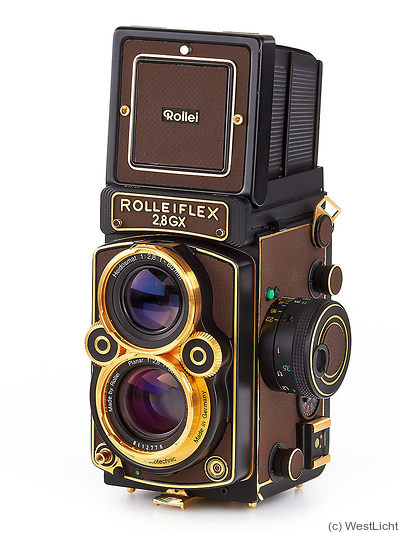


Both the inner and outer parts can be used at the same time, as shown here, with both the hood and a Rollei-hellrot filter being used. The bayonet mount has both an internal and external component. Cheap, third-party plastic reproduction hoods you see on Amazon and elsewhere attach to the inner bayonet, meaning that they cannot be used at the same time as the filters. With genuine Rollei accessories, the lens hood attaches to the outer bayonet, while filters go on the inner bayonet, allowing both to be used at the same time if desired. My tiny little Rolleiflex Automat MX from 1951 has Bay I lens accessory mounts, so for obvious reasons, this is what I’m familiar with.īrief digression I think it’s worth mentioning that the bayonet mounts on the Rolleiflex have both an internal and an external component. Different Rolleis from different eras have different bayonet sizes. Let’s Talk BayonetsĪs you probably already know, Rolleiflex cameras have bayonet filter mounts, loosely known as Bay I, Bay II, Bay III, and Bay IV. Instead, they effectively bring the “infinity” focus point of the native lens closer to the camera - in other words, close-ups. But because the film plane and lens plane of the Rolleiflex cannot be modified accordingly, they’re really of no use as a wide angle attachment. In point of fact, these supplementary lenses shorten the focal length of the lens. These numbers refer to the diopter strength of the lens. As I’ll cover later on, the Rolleinars are available in different strengths, numbered 1, 2 and on later sets, 3. Some refer to these add-on lenses as diopters (or dioptres if you prefer), but that’s a misnomer it would be like calling your camera lens a “millimeter” or your electric heater a “watt.” Diopter is a measurement - not an object.

These supplementary lenses attach to the primary lenses of the camera (both viewing and taking), and provide the ability to focus close-up on subjects - much closer than the stock lens alone will allow. Rolleinars are a lens attachment system - a set of supplementary add-on lenses, specifically, which were made by Franke & Heidecke for Rolleiflex TLR cameras beginning in the 1940s. And while I’m certainly not the expert on Rolleiflex, or Rolleinar, I wanted to take an opportunity to document the stuff I do know about Rolleinar sets - especially the three-piece versions - so that others can find it.
Rolleiflex 2.8 c manual manual#
The problem is that for Rollei filters and lens attachments, what’s in the manual has varied considerably over time, and across camera models. I’ve stumbled across multiple sites that replicate the same information - often with the same errors - over and over again, frequently just extracting content from a random Rollei manual. But it’s sometimes surprising just how much information is not actually available, and the Rolleinar close-up attachment system for Rolleiflex cameras is a prime example of that. One of the great things about film photography is just how much information there is on the internet about various esoterica related to cameras, accessories, film development, and more.


 0 kommentar(er)
0 kommentar(er)
